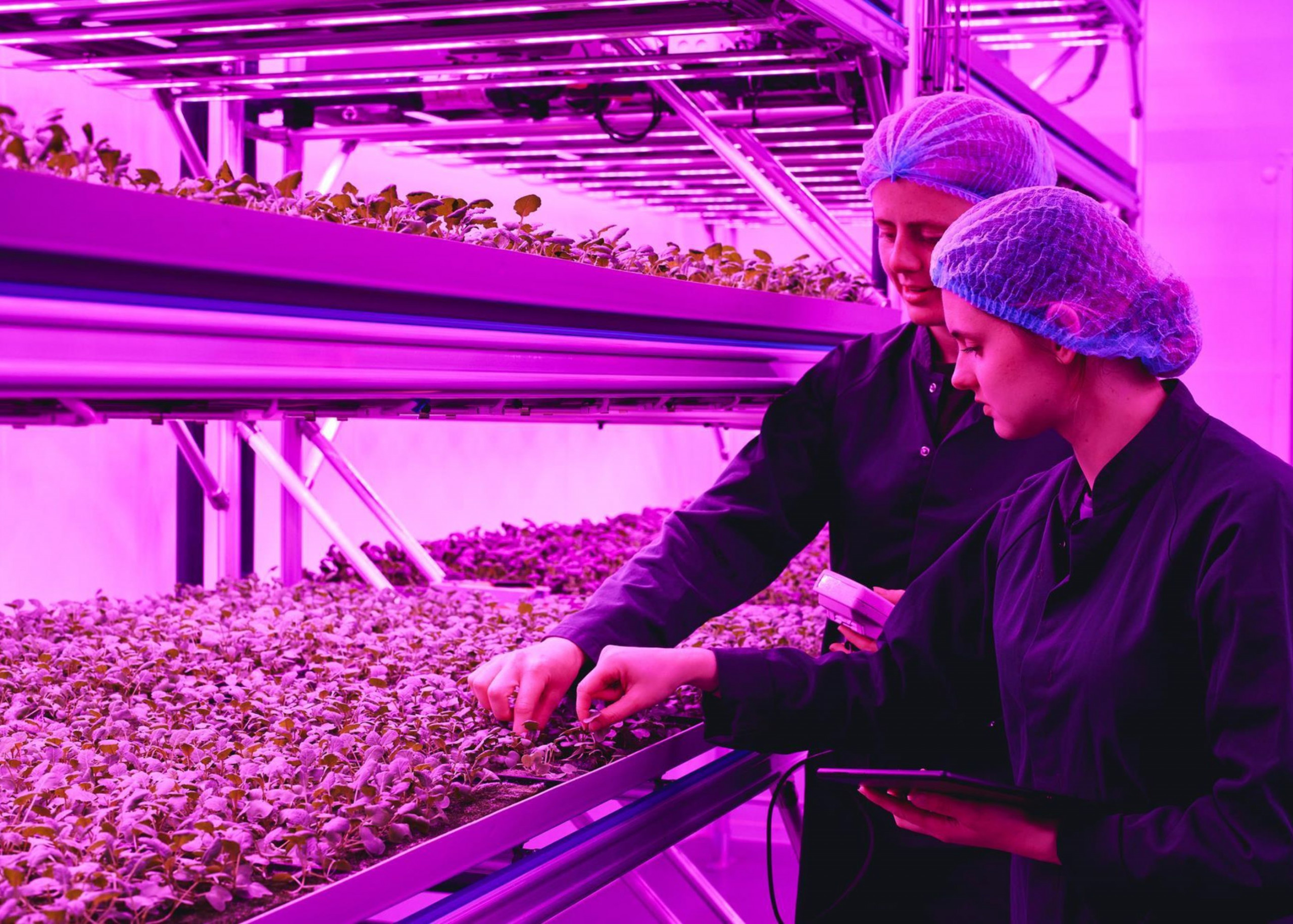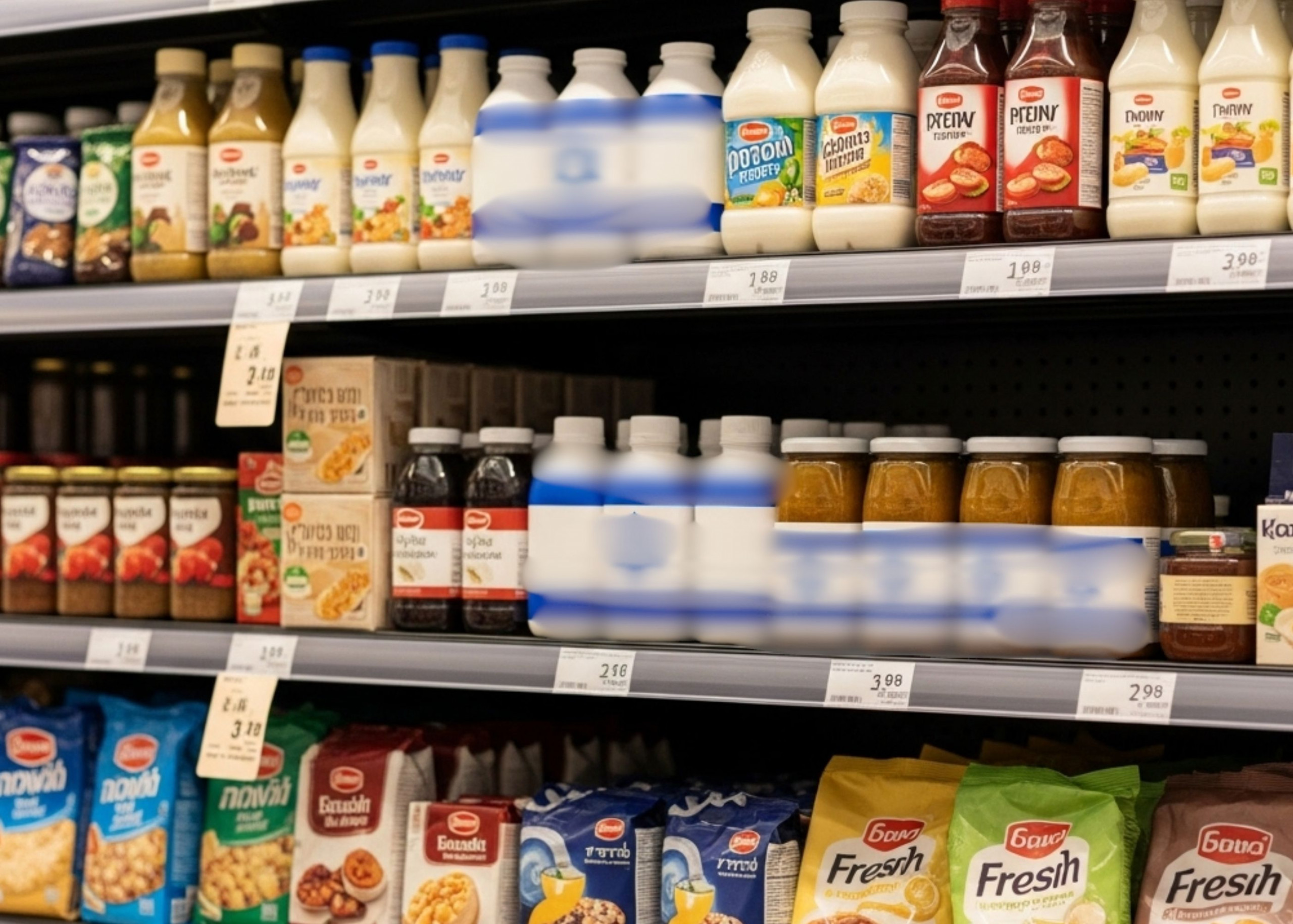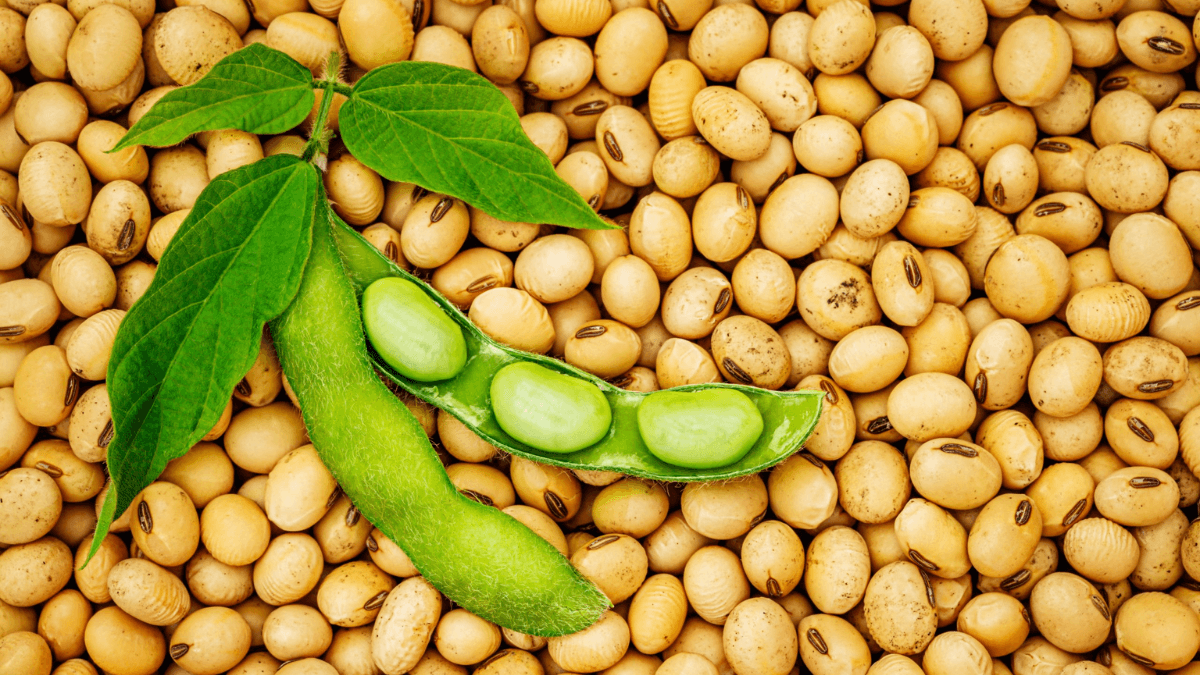News in Brief:
– Saffron cultivation is emerging as a highly profitable agricultural venture in South Africa, offering high returns for farmers due to its high market value and drought resistance.
– Companies like Saffricon are supporting this new industry by providing resources and a guaranteed buy-back program, aiming to establish South African saffron as a major export.
South Africa’s agricultural sector is witnessing a surge in saffron production, making it a highly rewarding enterprise. Farmers are finding it profitable because of its high market value and modest water consumption.
Commercial saffron farming is a relatively new sector in the southern African nation, with a history of only a few years.
However, some of the pioneering farmers of the crop are anticipating a harvest of around six kilograms this season—double that of the previous year.
To illustrate the intensity of the process, it takes roughly 150,000 delicate purple flowers to produce just one kilogram of saffron threads.
High Value, Low Water Demand
Saffron’s appeal stems from its low water requirement for farming and its exceptional market value, with top-grade varieties fetching upwards of $14,000 per kilogram.
Crucially for South Africa’s arid climate, saffron demands significantly less water than conventional crops like wheat or maize, making it an ideal candidate for regions grappling with water scarcity.
This ‘red gold’ is a winter crop, typically planted between March and May, with flowers ready for hand-picking approximately 40 days later.
Supporting Saffron Cultivation Industry
Companies such as Saffricon are at the forefront of fostering South Africa’s nascent saffron industry by providing essential support to new farmers and ensuring a market for their produce.
Support provided includes the supply of corms, comprehensive training, and a guaranteed buy-back of both the harvested saffron threads and the multiplying corms. This helps to de-risk the venture for new growers and facilitates the scaling up of production.
The company’s strategic goal is to cultivate sufficient volume to establish South African saffron as a significant export commodity.
Initial assessments indicate that the quality of locally grown saffron is competitive with international standards.
Generally, the saffron initiative holds considerable promise for job creation and empowering small-scale and emerging farmers in rural communities. It also offers a sustainable and profitable agricultural pathway for many.



